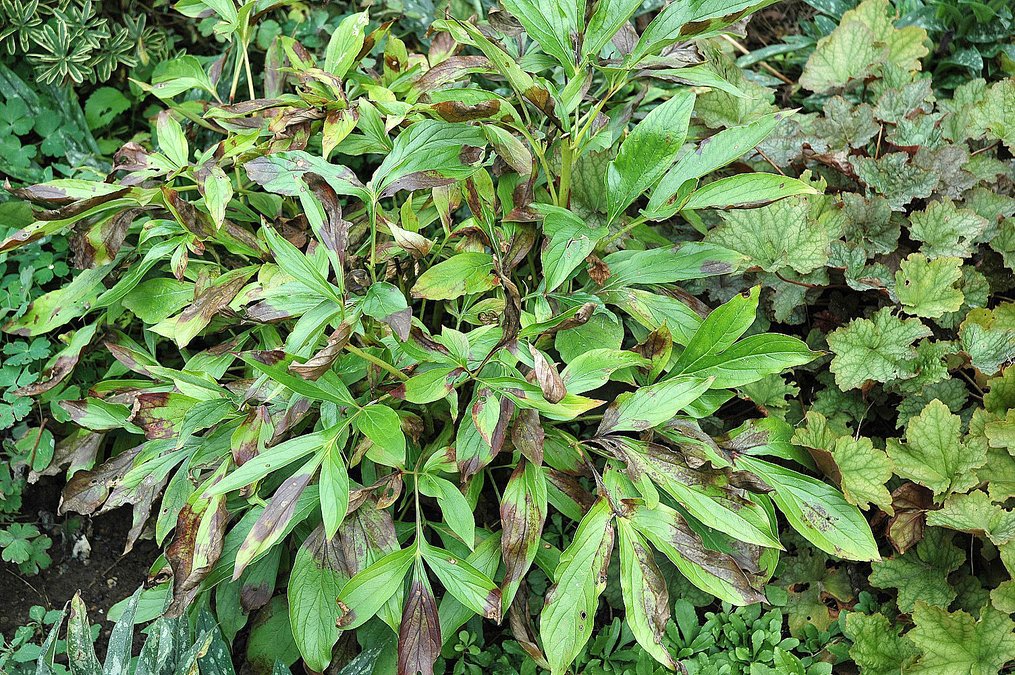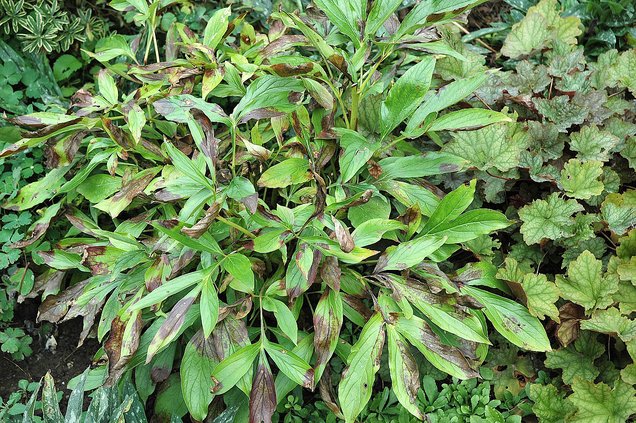You’ve probably read you should remove and dispose of insect pest-infected and diseased plant material to reduce these problems in next season’s garden. This is not as easy as it seems. Most compost piles do not heat up and maintain hot enough temperatures to kill weeds, weed seeds, disease organisms, and insect pests. In many locations burning is not allowed and it negatively impacts air quality. So, what’s a gardener to do?
Start by calling your local municipality and asking about disposal options. Many communities allow you to dispose of invasive plants in the garbage after placing them in a clear plastic bag labeled invasive.
Solarization is an option for managing weeds. Place small amounts of plant debris in clear plastic bags. Then place the bags in a warm sunny location before composting. For larger quantities, set the problem plant debris on a sheet of plastic and securely cover it with a 2 to 6-mil clear plastic tarp. The plastic helps create a greenhouse effect, trapping heat while blocking access to water. The seeds will sprout and then seedlings and other plants are killed by the high temperatures and lack of water. It is most effective when the days are long and hot.
This may be effective if the temperatures are hot enough to kill plant insect pests and diseases. Most plant pathogens are killed when moist soil remains at 145°F for 30 minutes, 160°F for bacteria, and 180°F for weed seeds.
If battling jumping worms, the University of Maryland has found creating a solarization package is effective for managing them in soil, compost, and mulch. Spread a sheet of clear plastic on the ground. Place a 6 to 8” layer of mulch, compost, or soil on the plastic tarp, leaving enough excess to wrap and completely and securely cover the enclosed material. On a sunny day, the material inside can reach 150°F. Research varies on the number of days needed to kill the jumping worms. Several University sources recommend three or more days of at least 104°F or 105°F to kill the eggs, cocoons, and adult jumping worms.
You may want to enlist this strategy when harvesting your compost before applying it to the soil. This extra step may help reduce the risk of introducing problems back into the garden.
Burying diseased material can help reduce the source of future infection of some diseases. Dig a hole, fill it with plant debris, mix it with soil, and then cover it with an inch or two of disease-free soil. Speed up the decomposition of buried material by shredding it before burying it. Avoid growing plants susceptible to the disease in that location the following season.
Remember to disinfect your pots, stakes, and tools that may have housed or touched diseased plants. Disease-causing organisms can survive on these items, increasing disease risk in next year’s garden. Soak pots for 30 minutes in a 10% bleach solution, rinse with clear water and air dry. Store in a clean location. This is much more effective with clay and ceramic pots than plastic. Consider rotating plantings as you would in the garden and changing display areas when using plastic containers if you do not want to dispose of them.
Disinfect garden tools by dipping them in a 70% alcohol solution using rubbing alcohol or something similar for at least 30 seconds. Or you can spray your tools with a disinfectant spray containing about 70% alcohol.
Investing time in prevention will result in fewer problems and better results in next year’s garden.
Melinda Myers is the author of numerous books, including Small Space Gardening. Myers web site is www.MelindaMyers.com.





